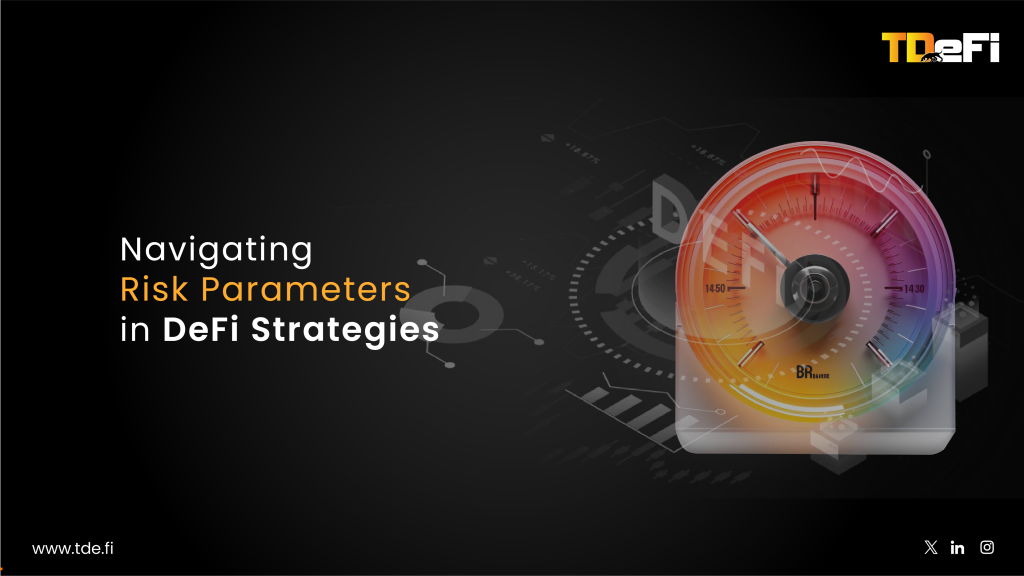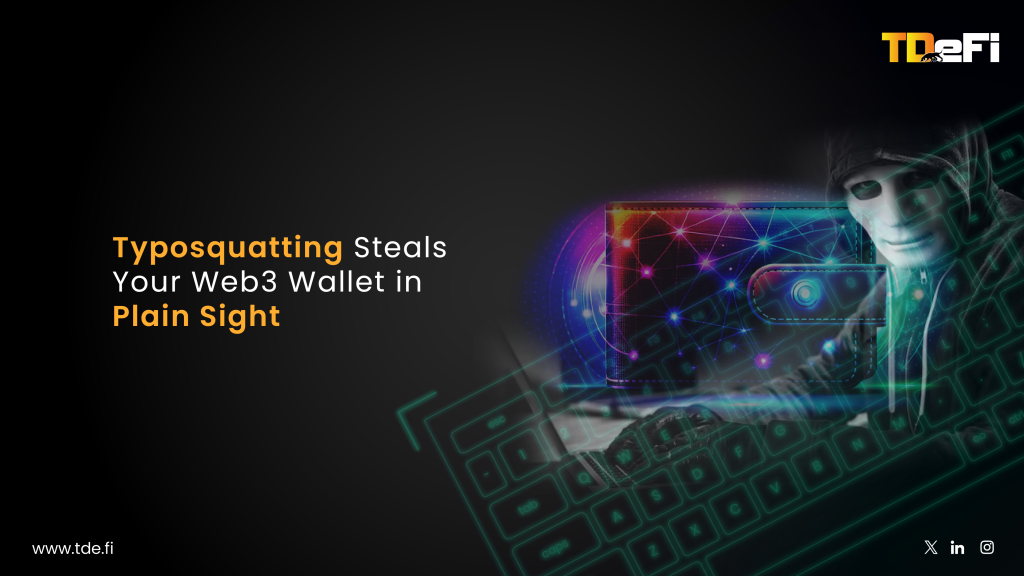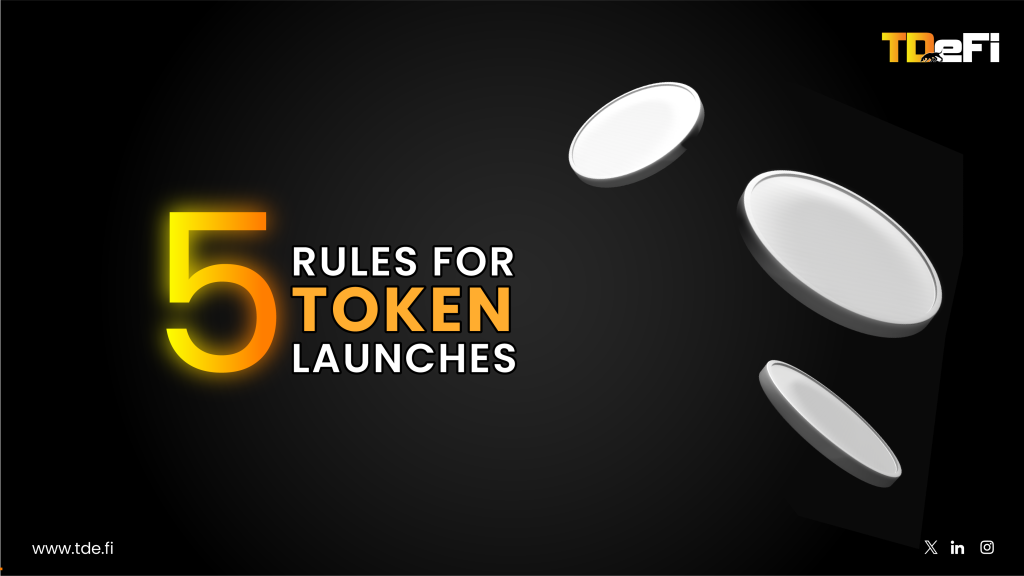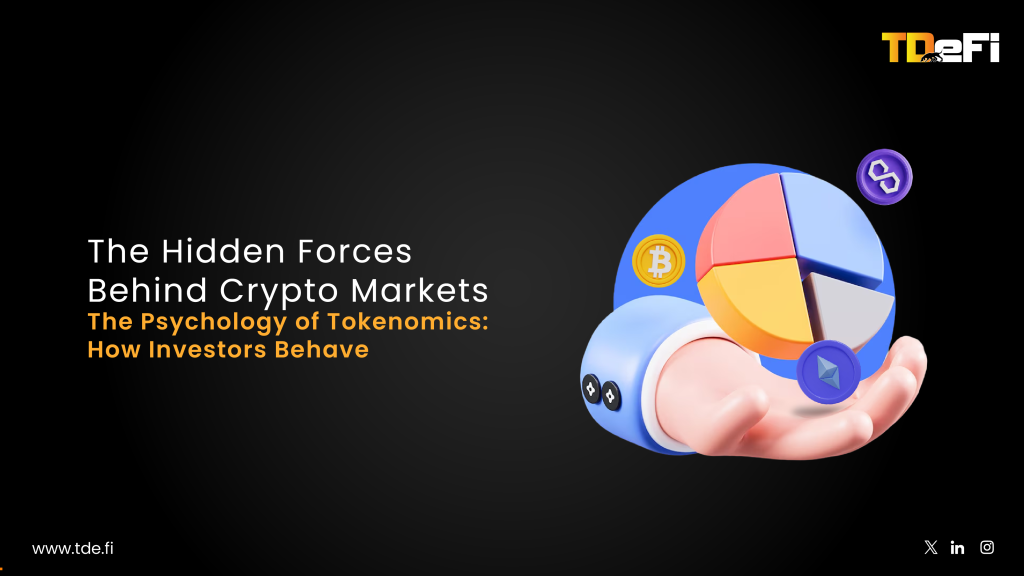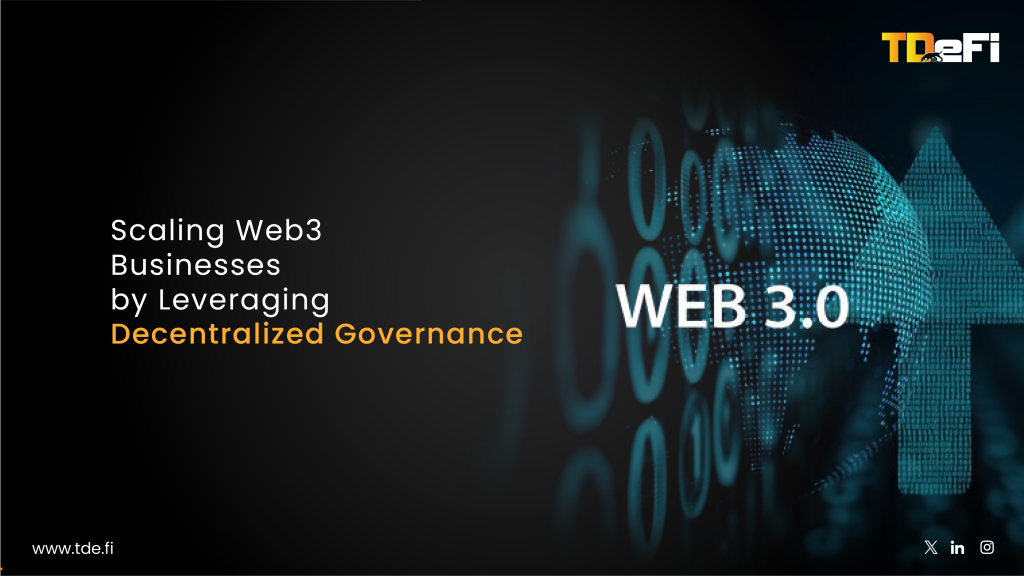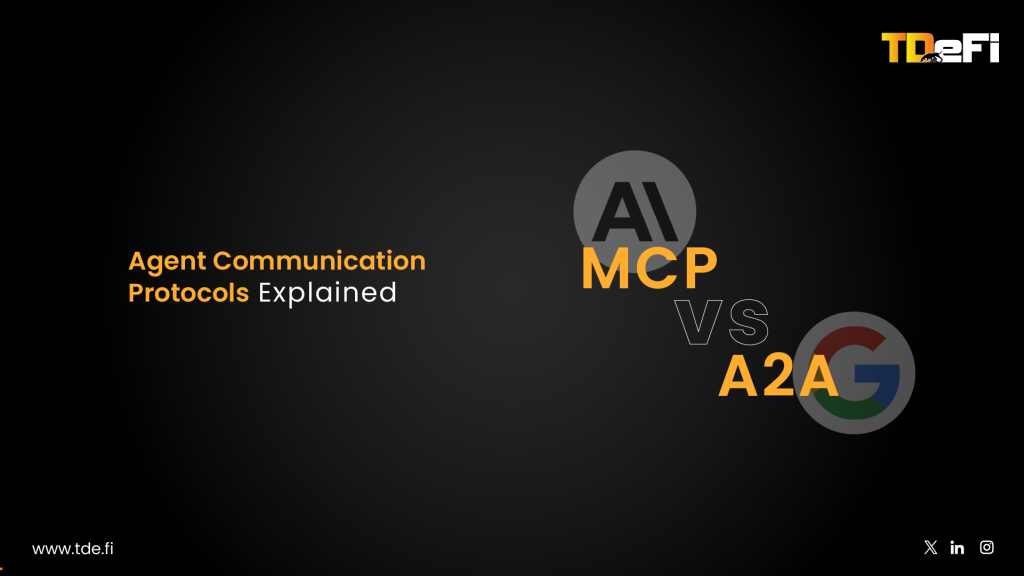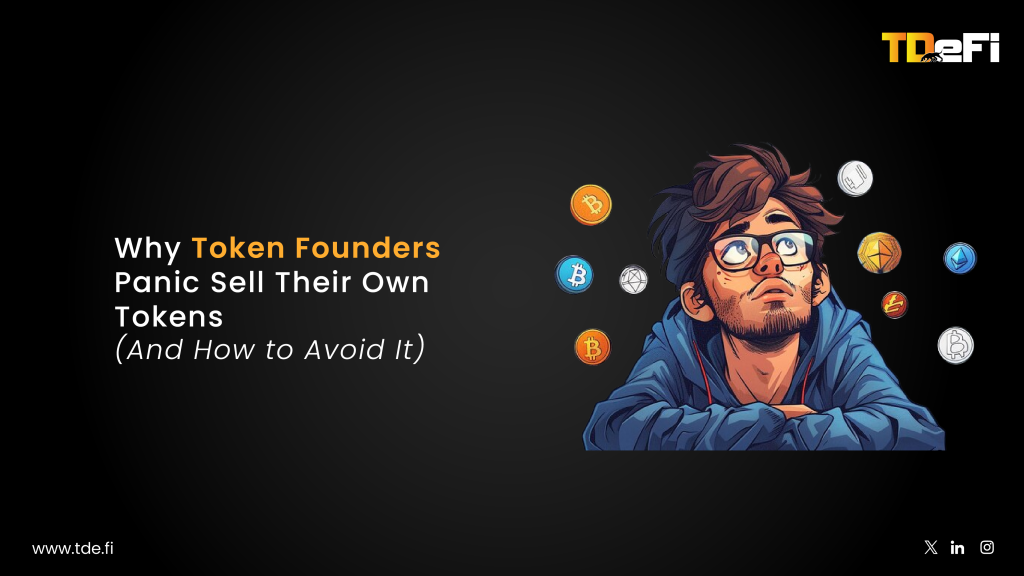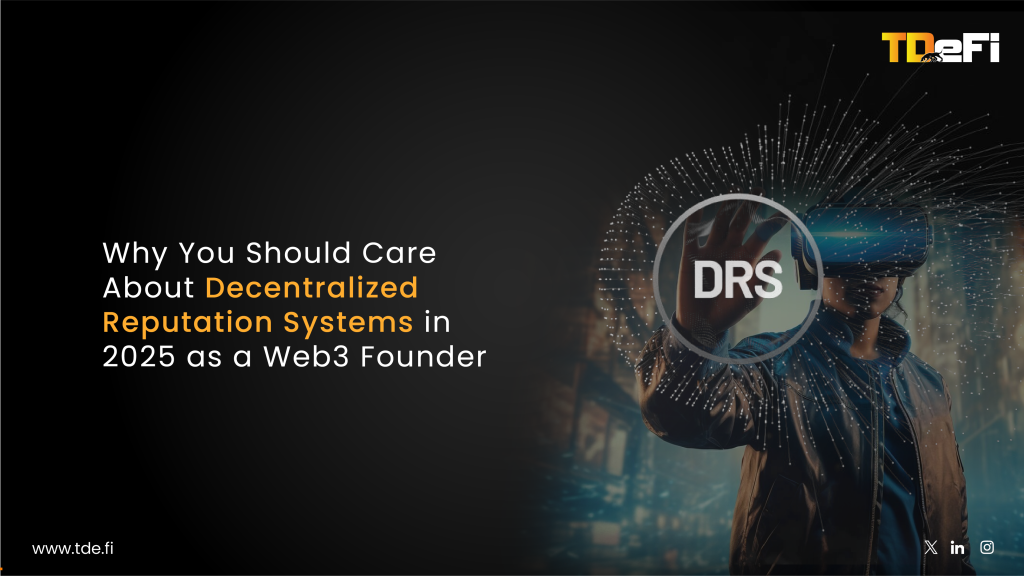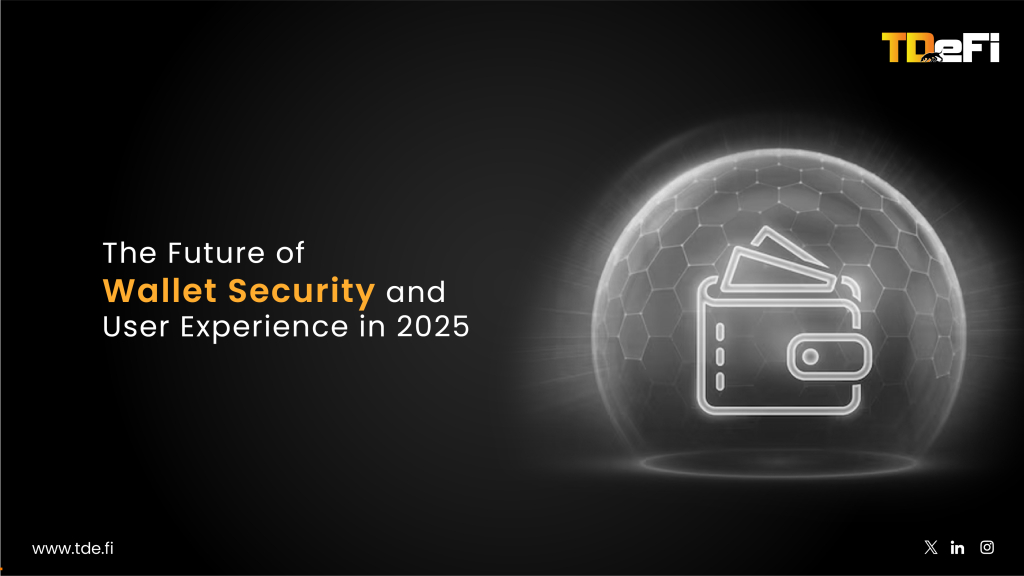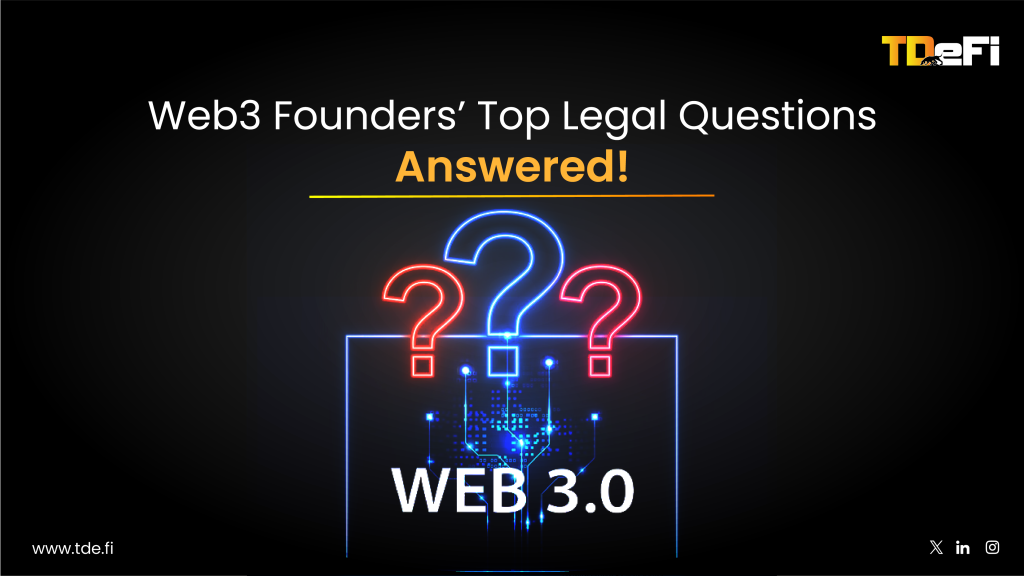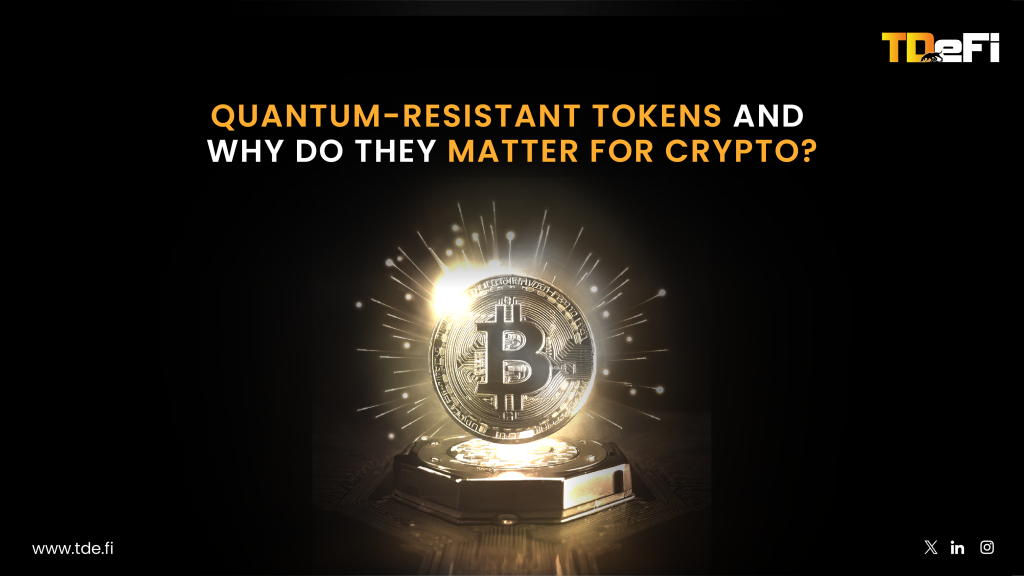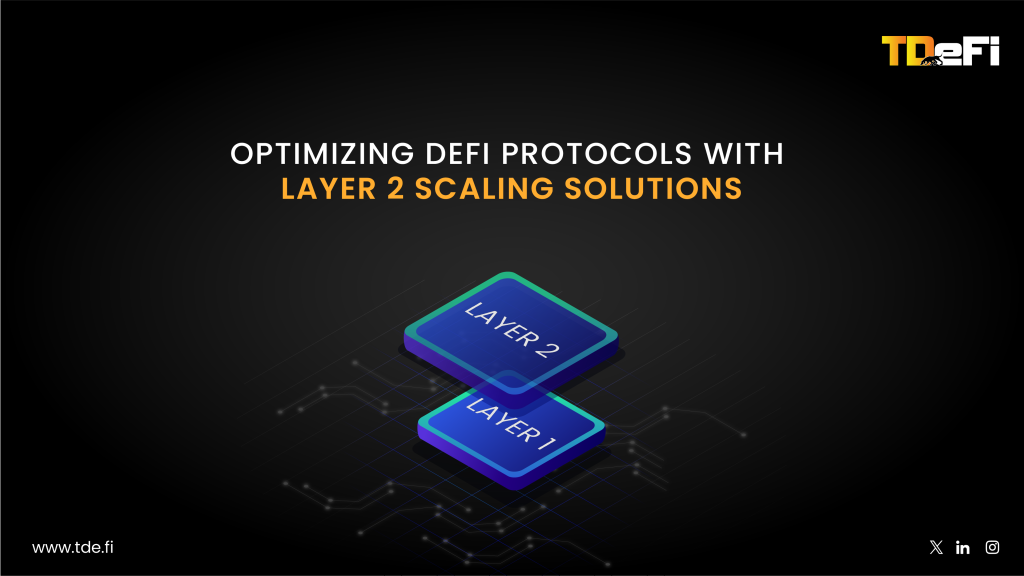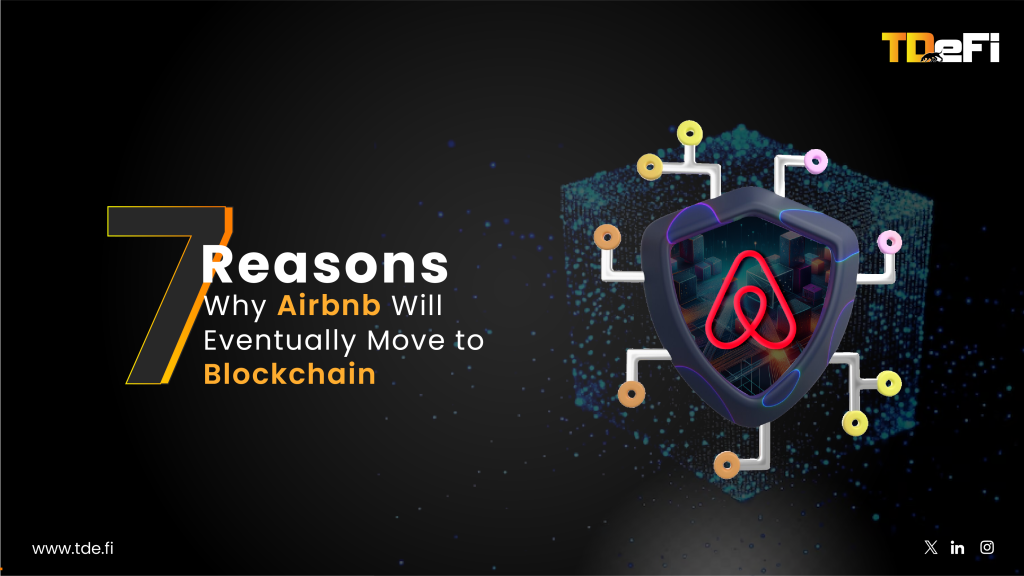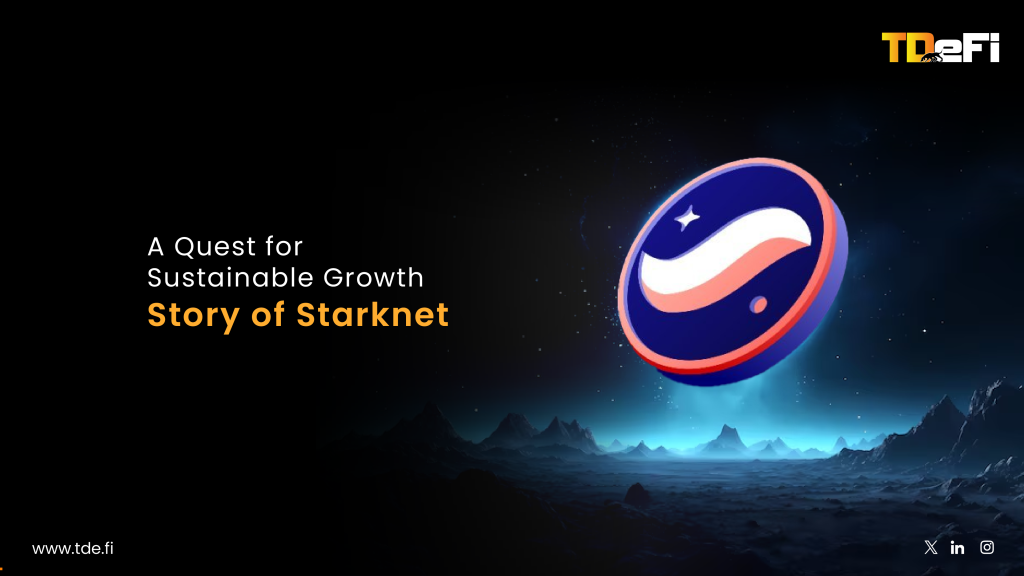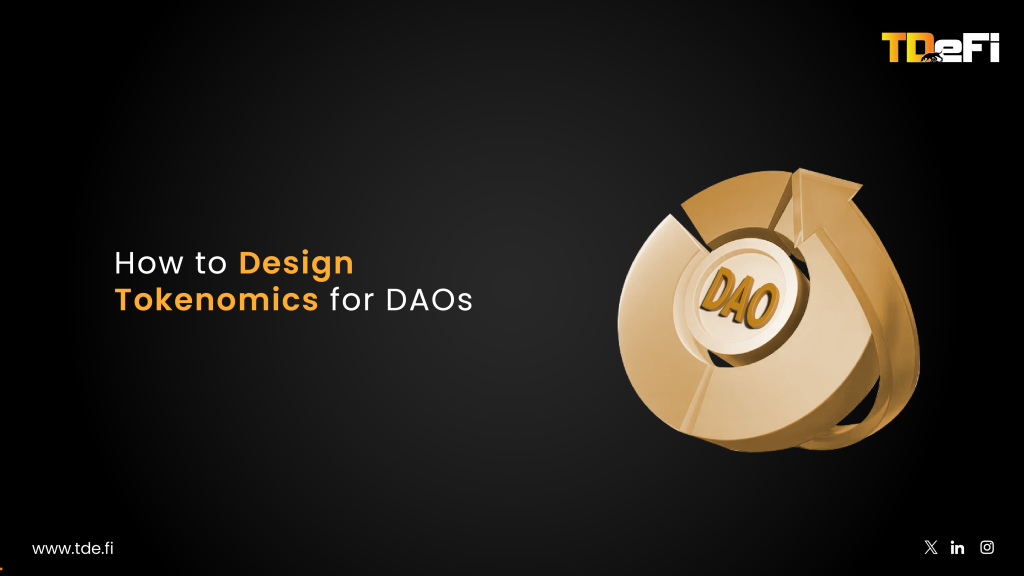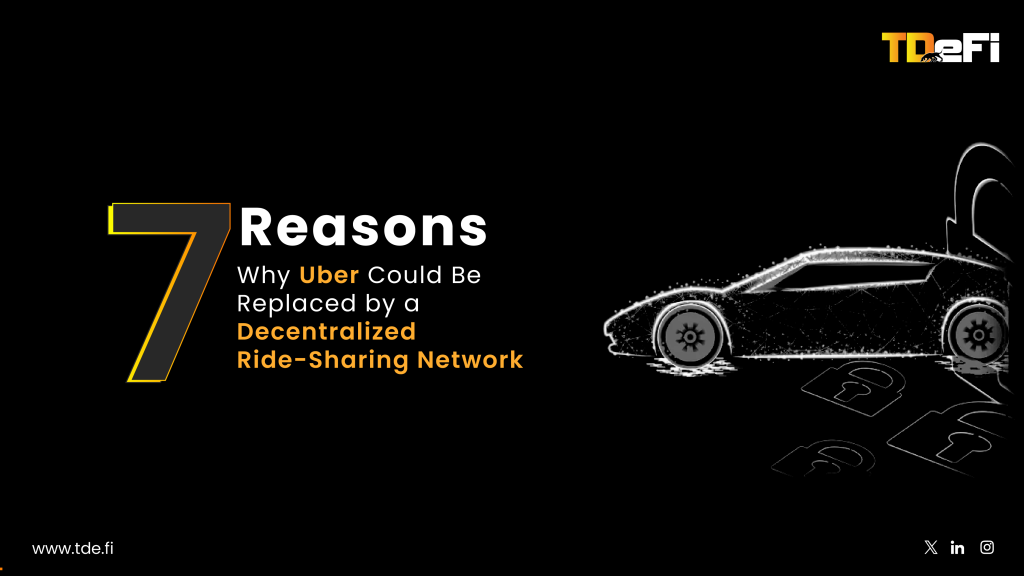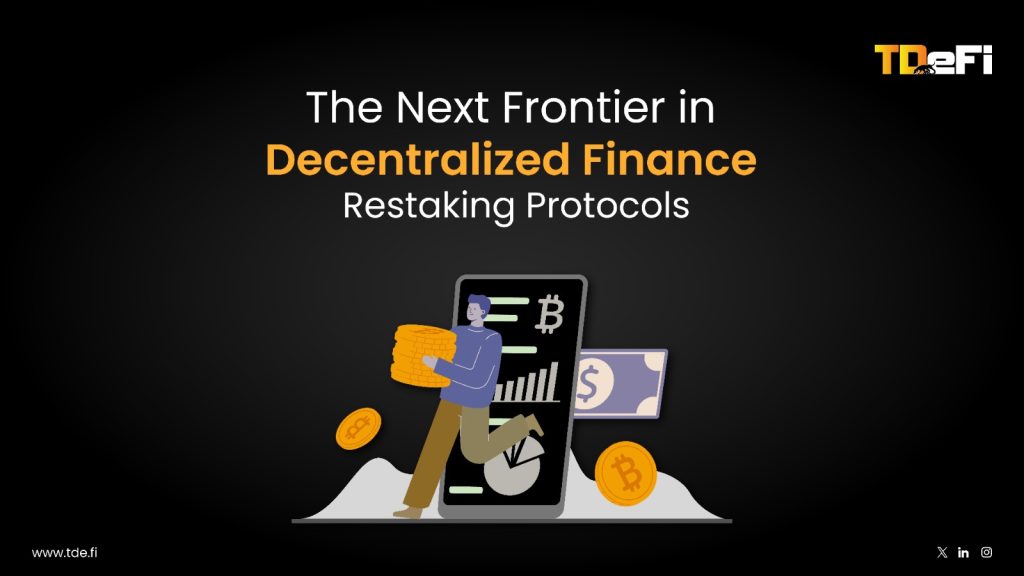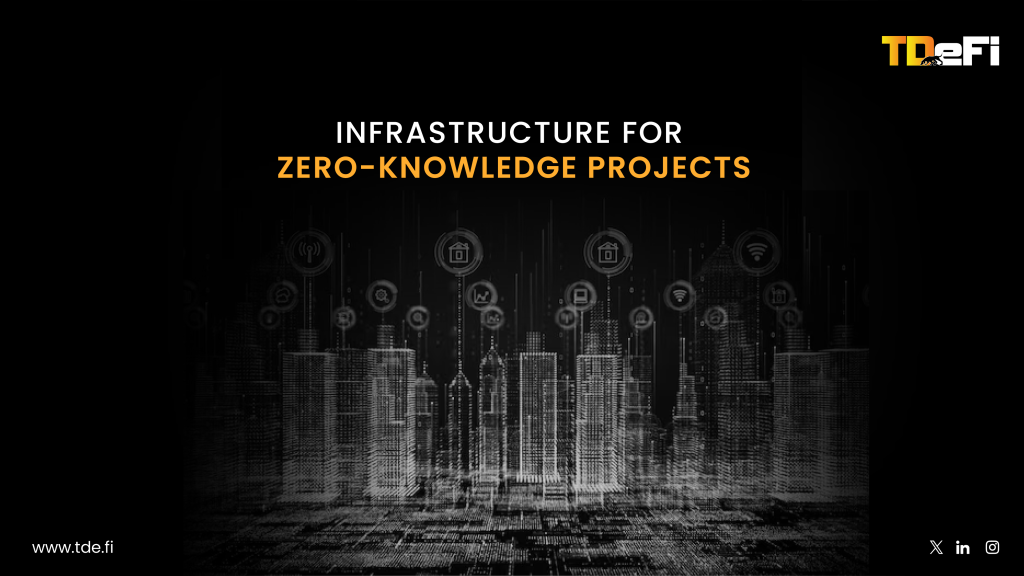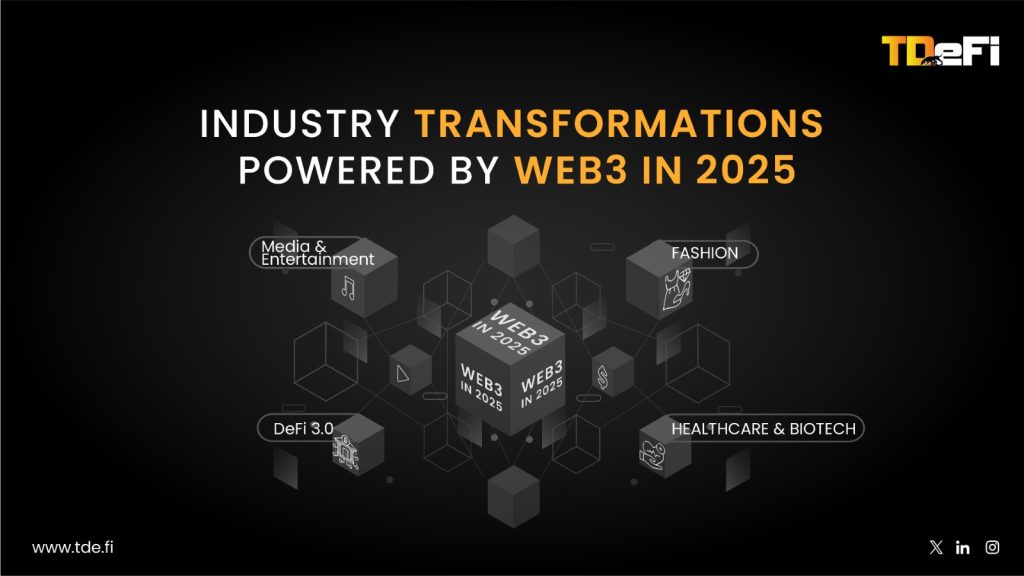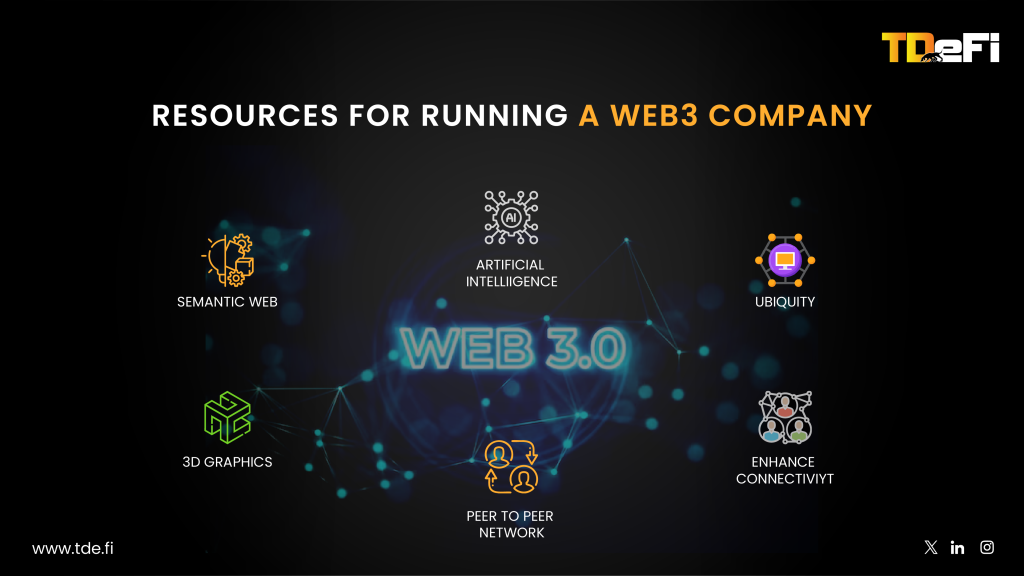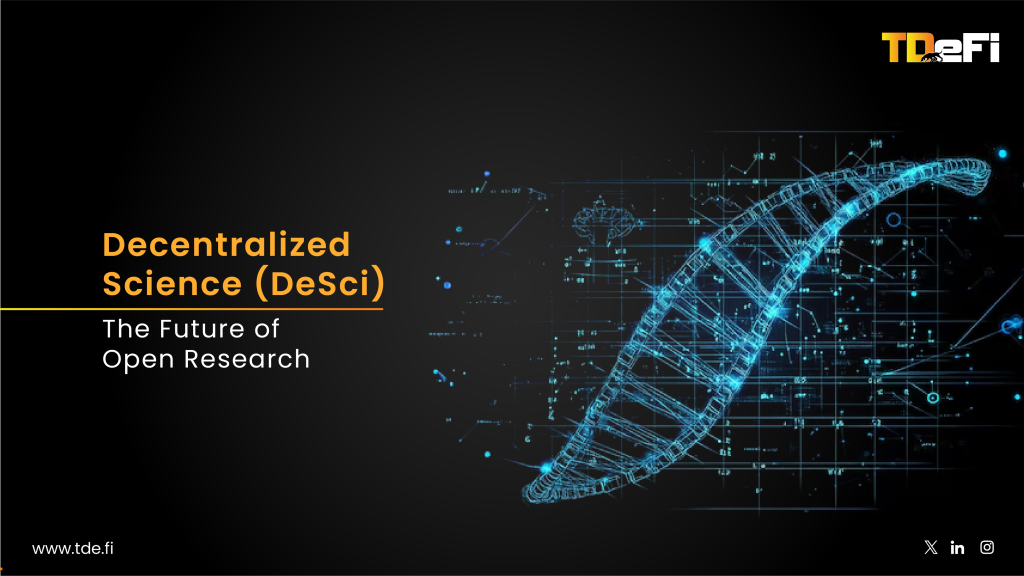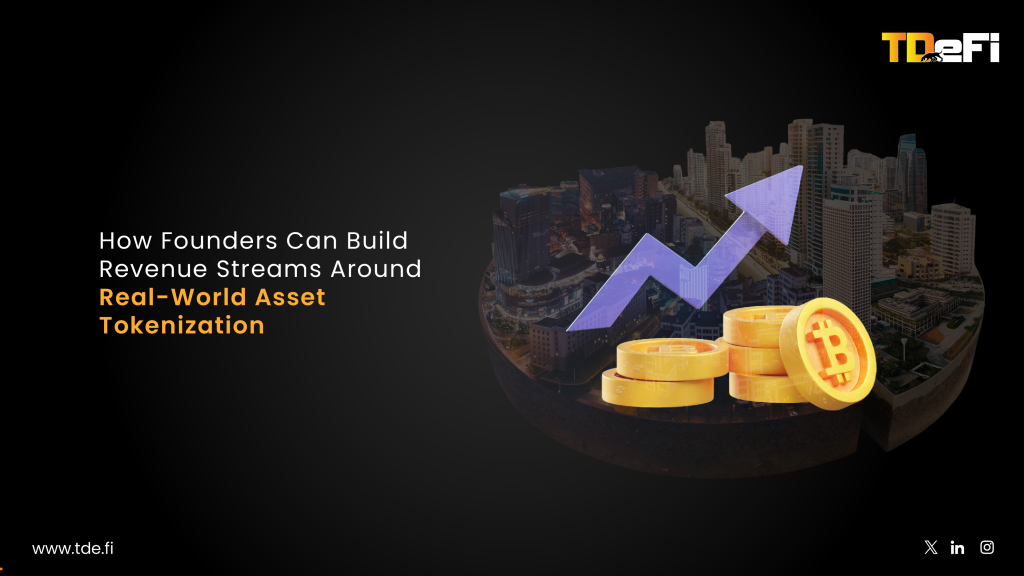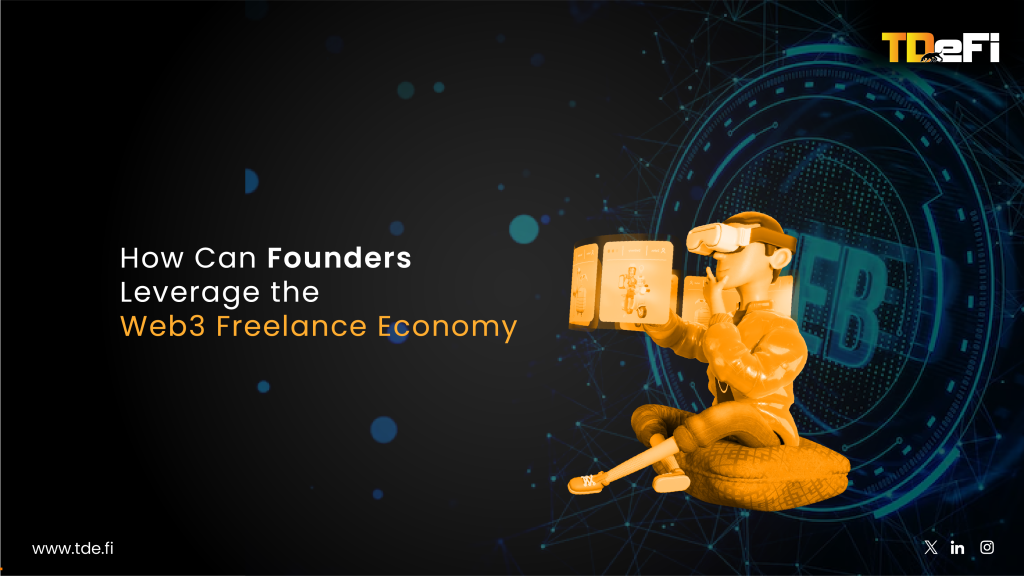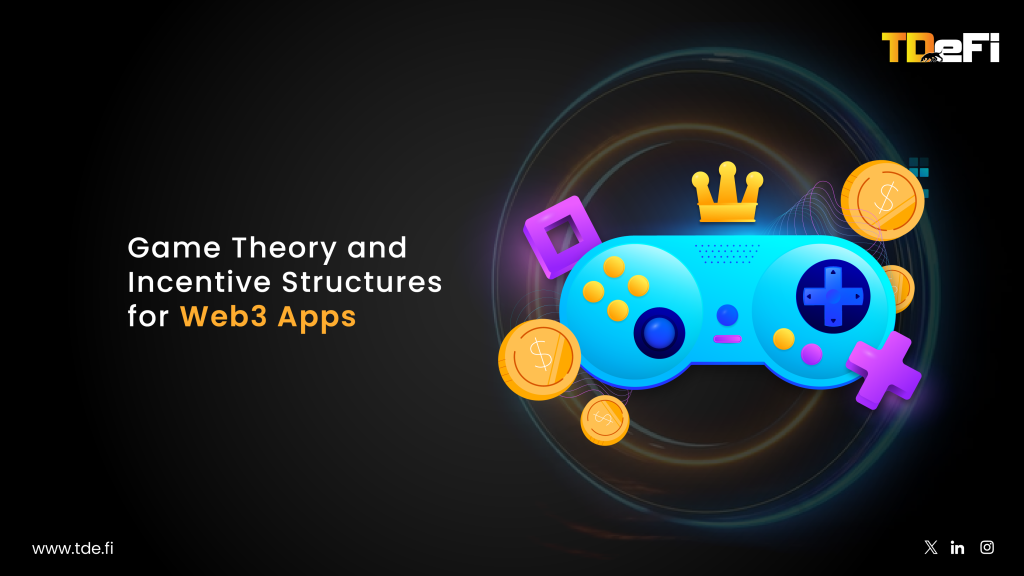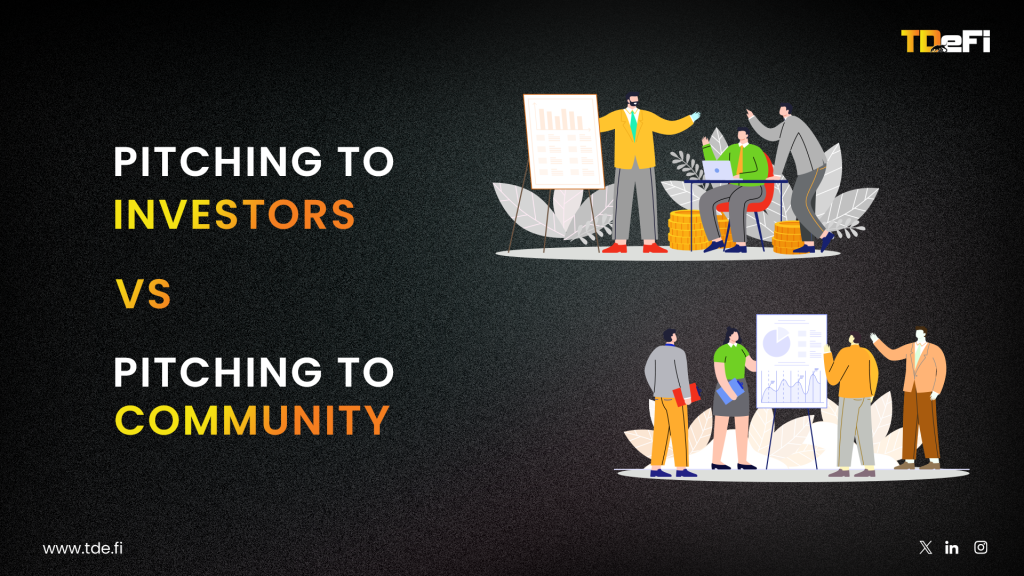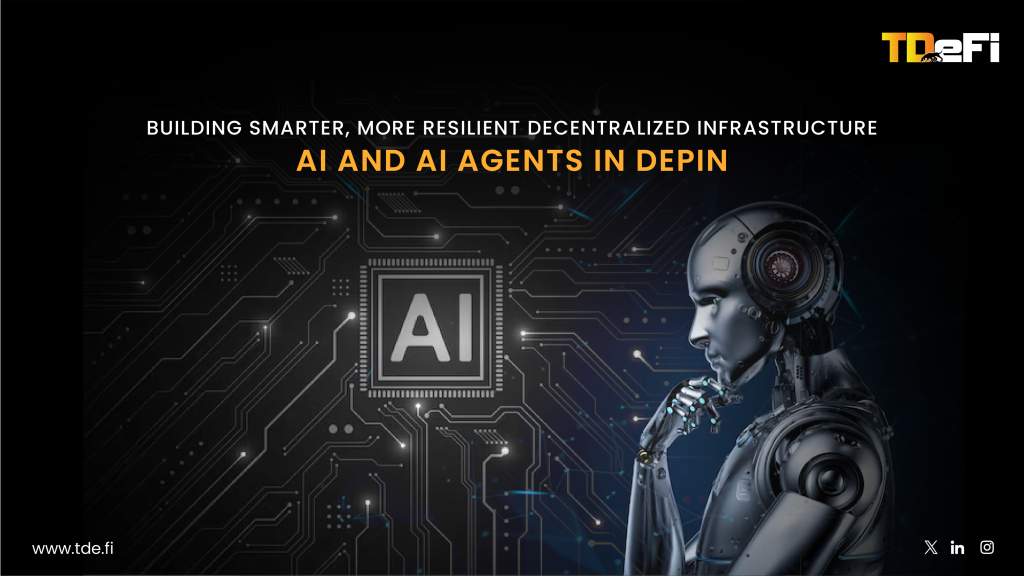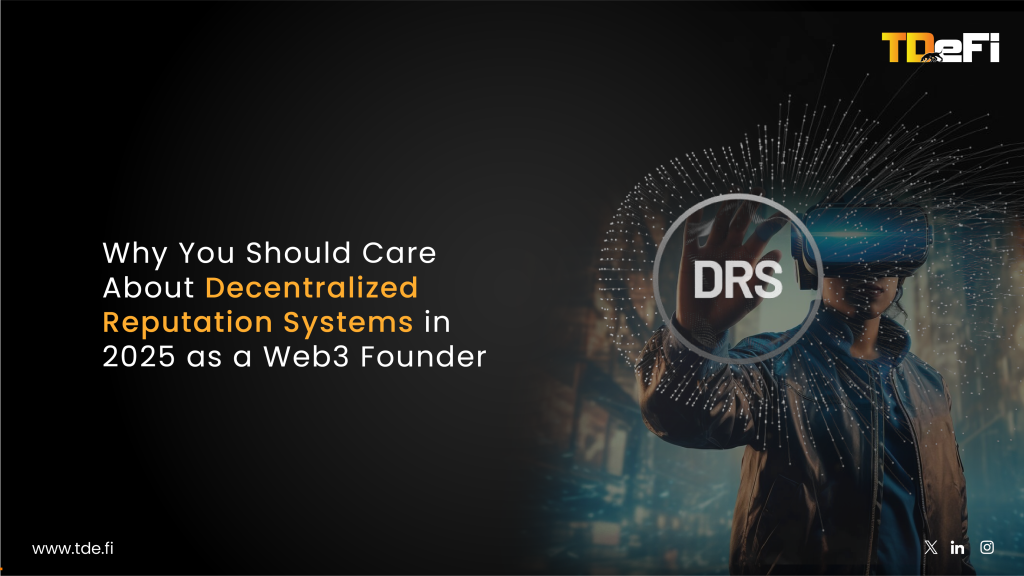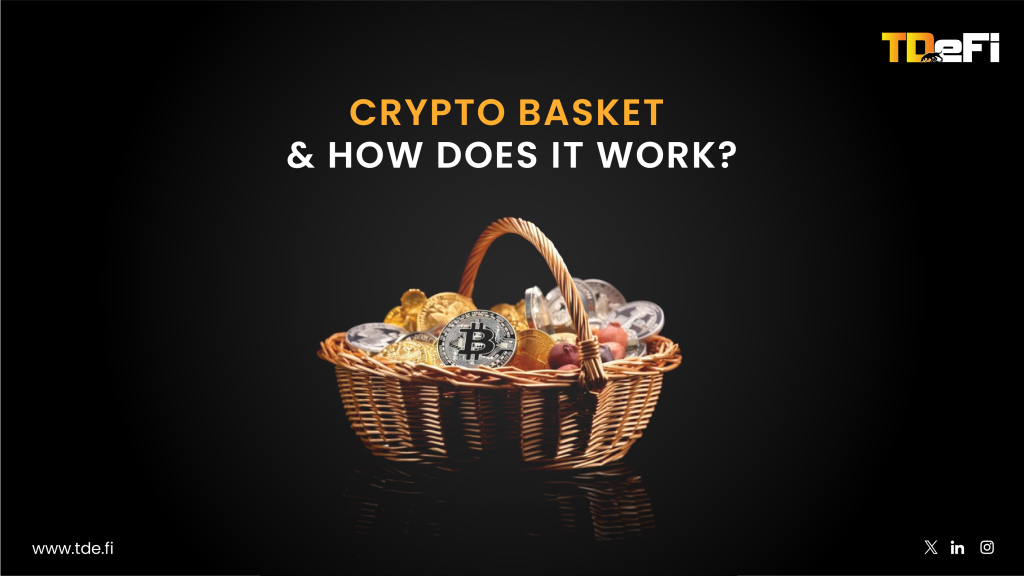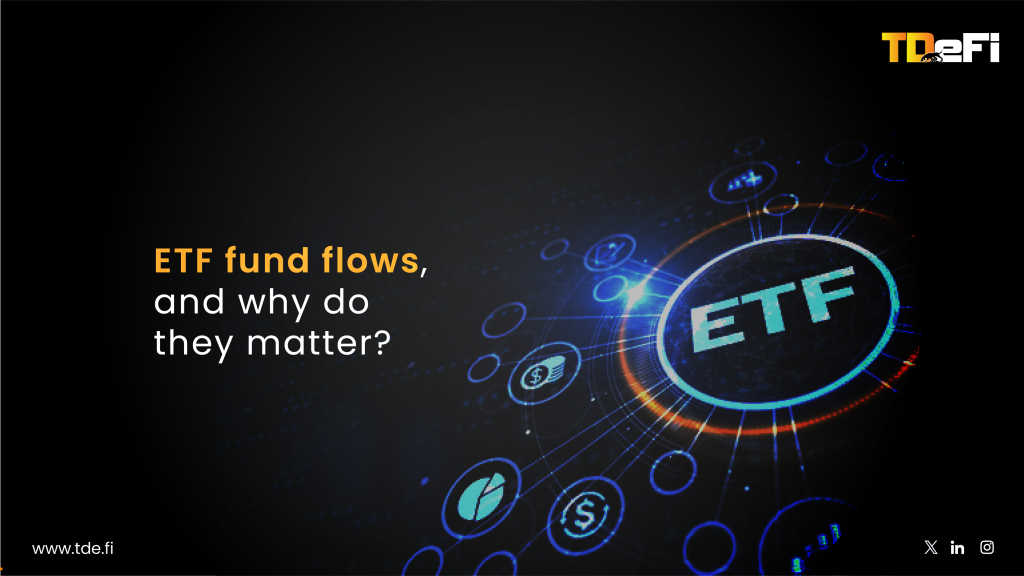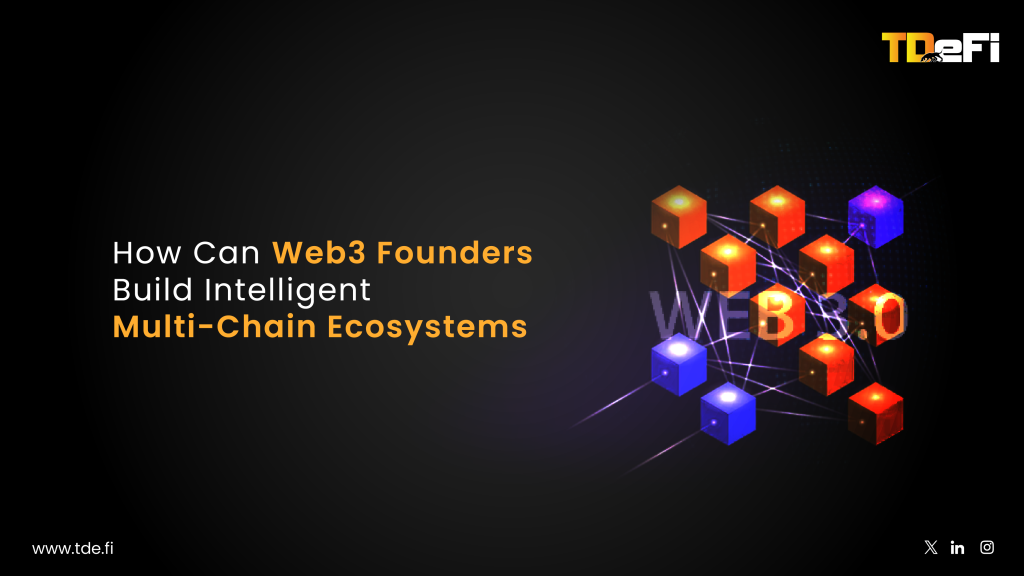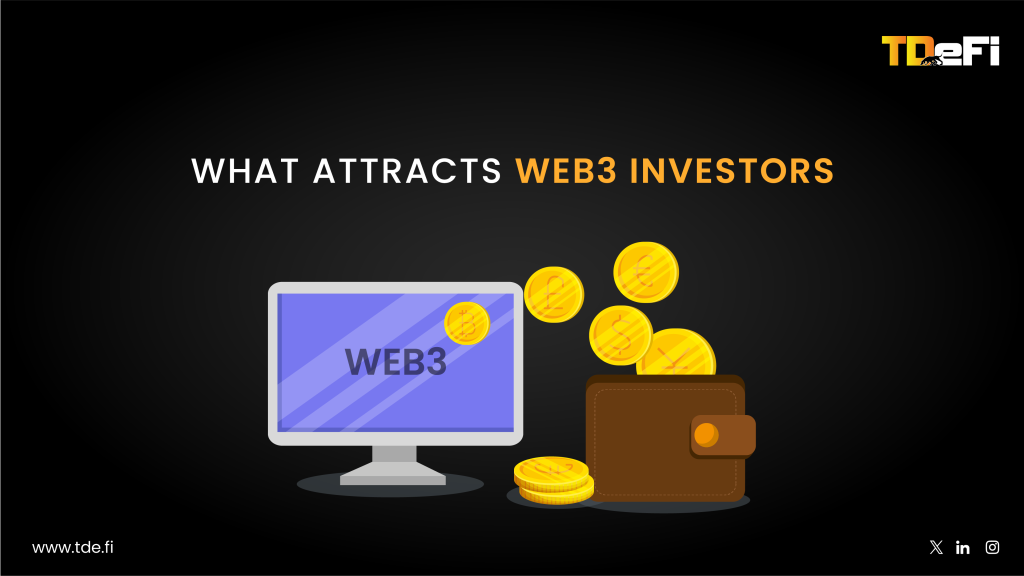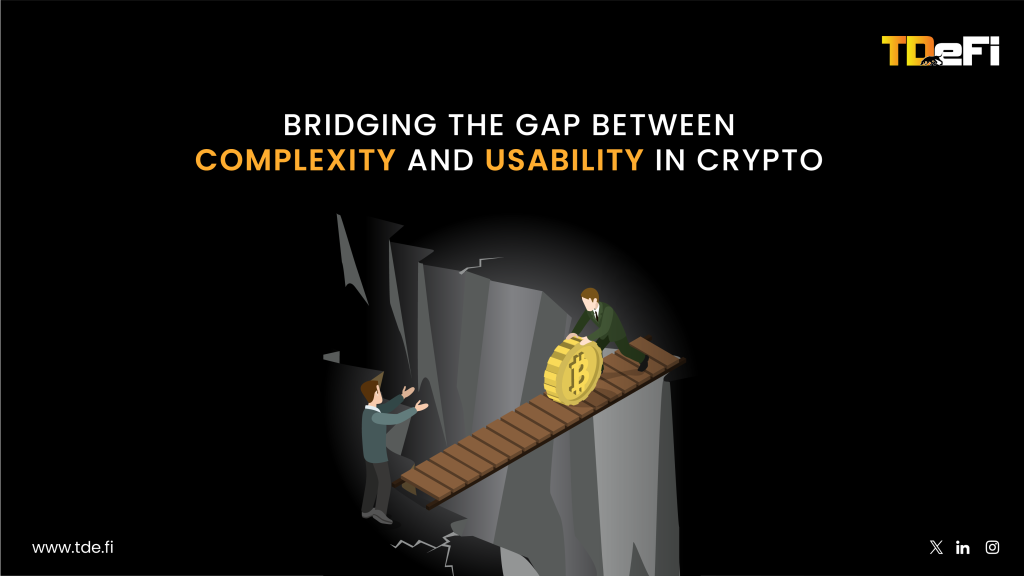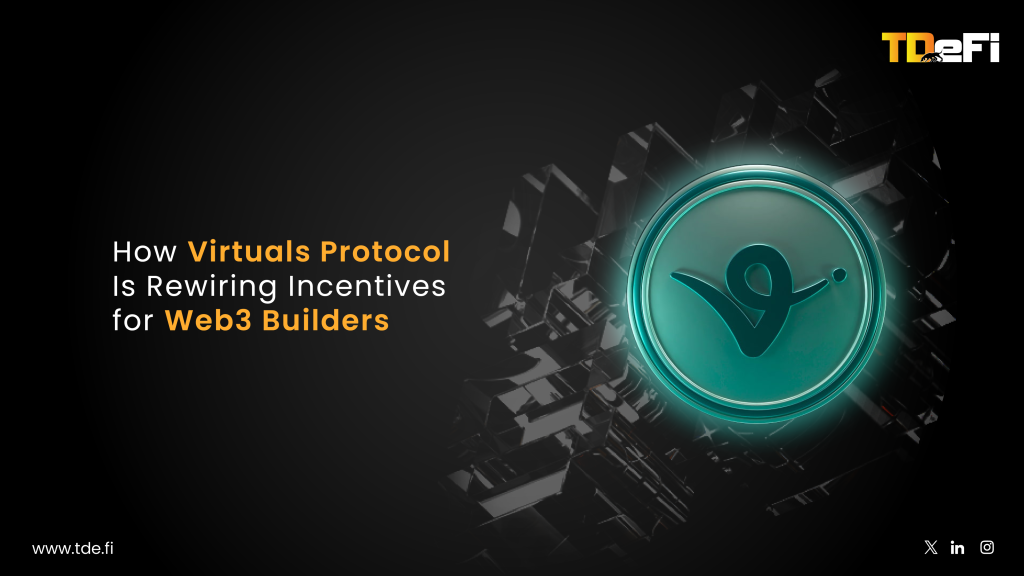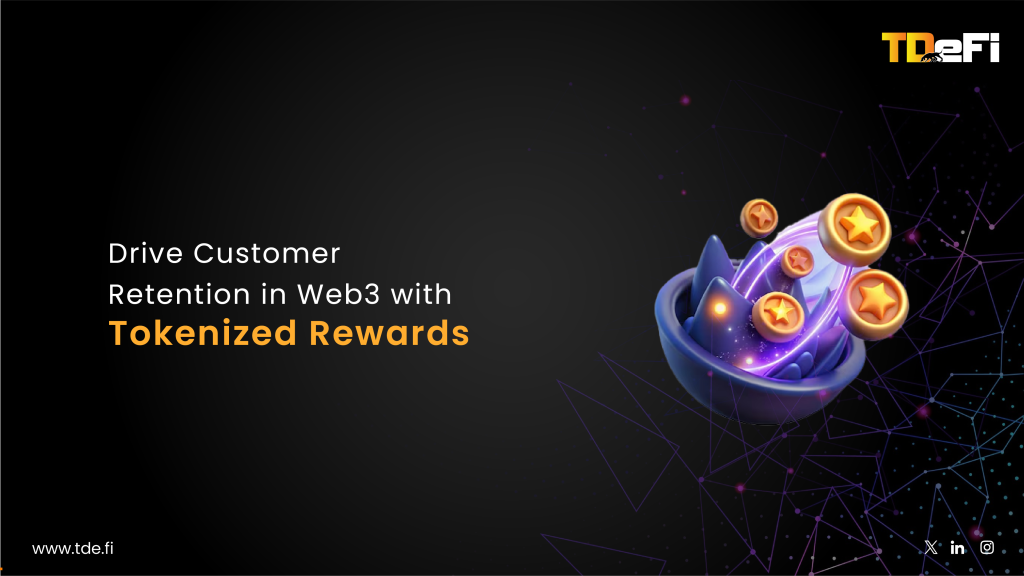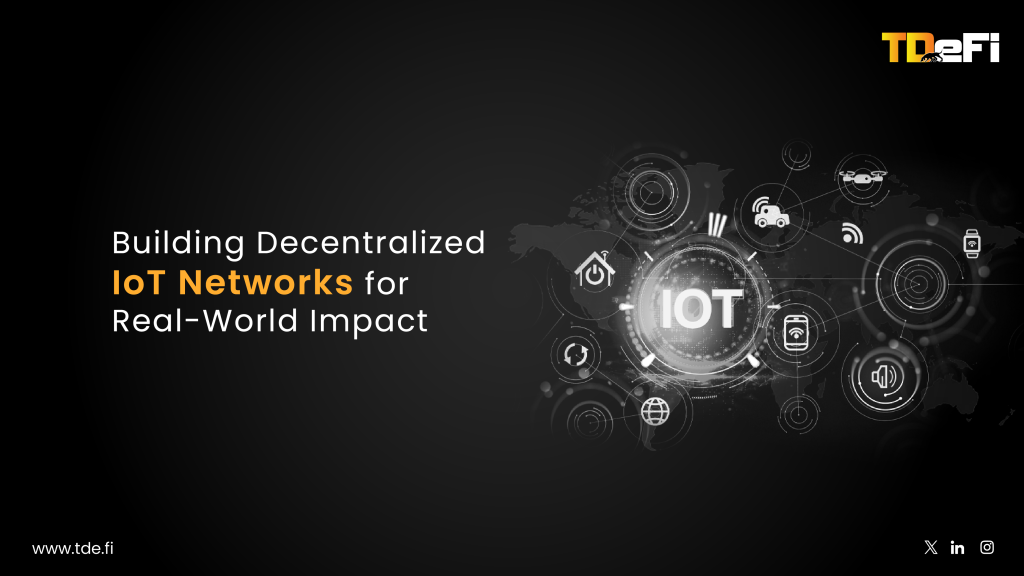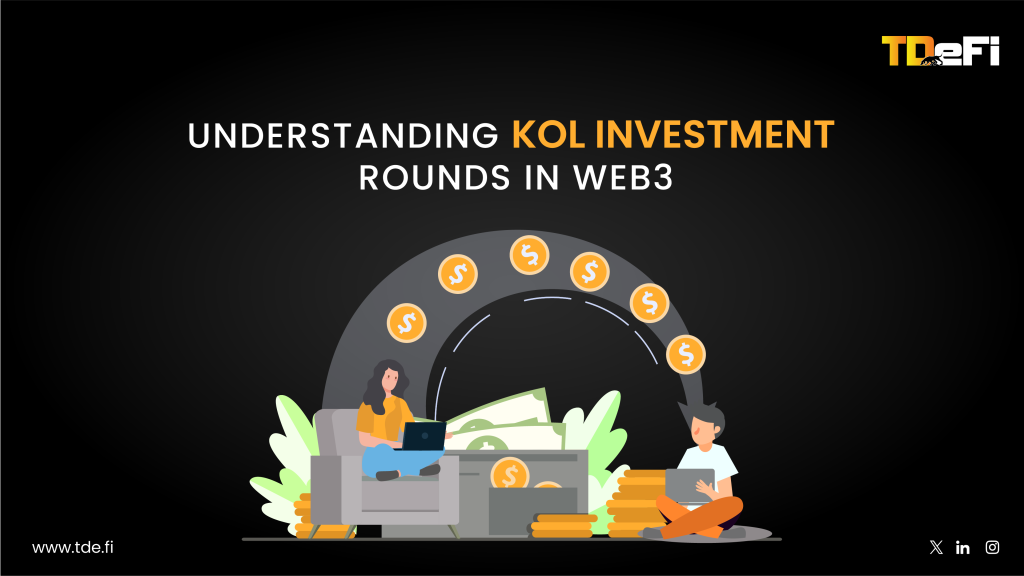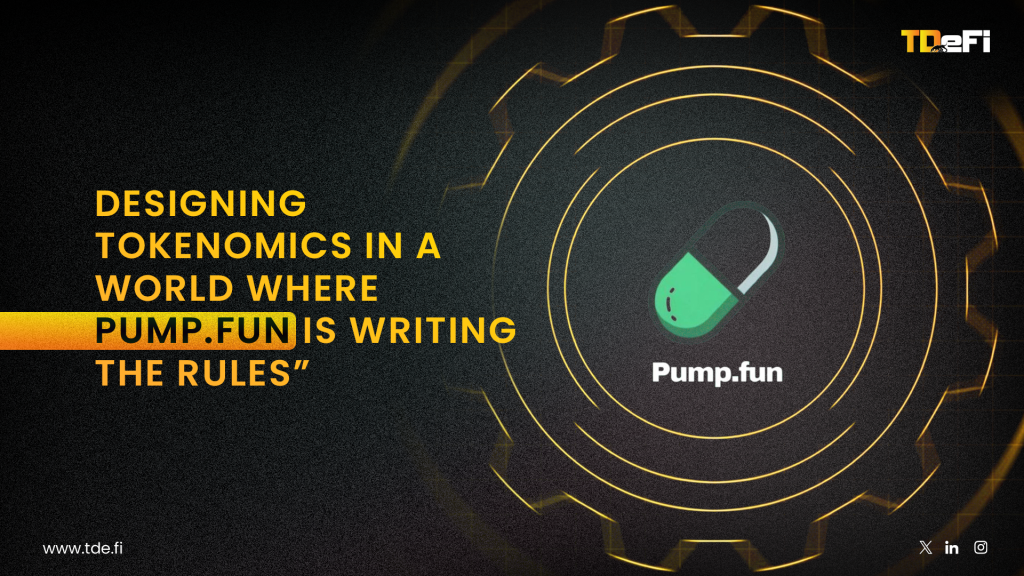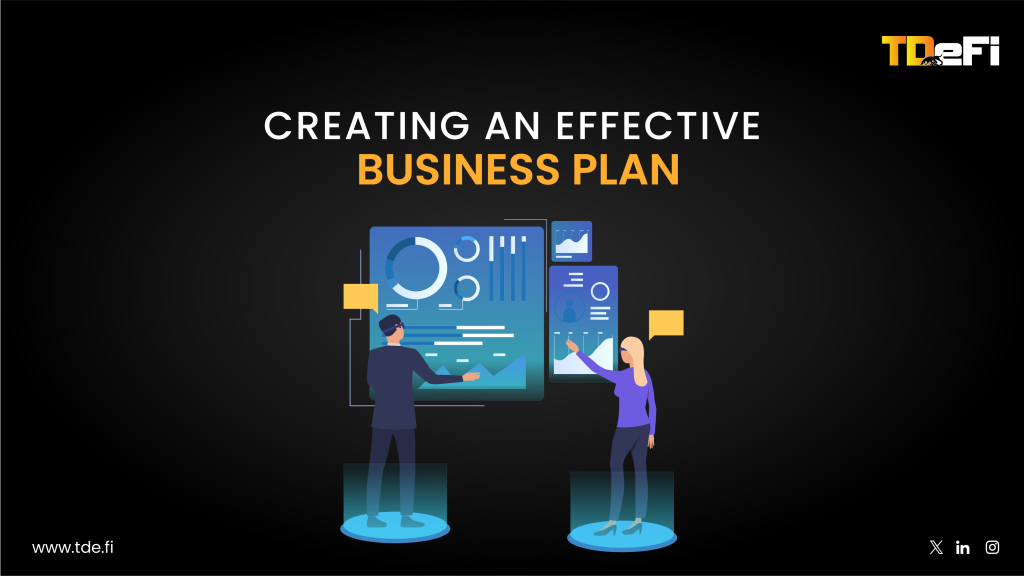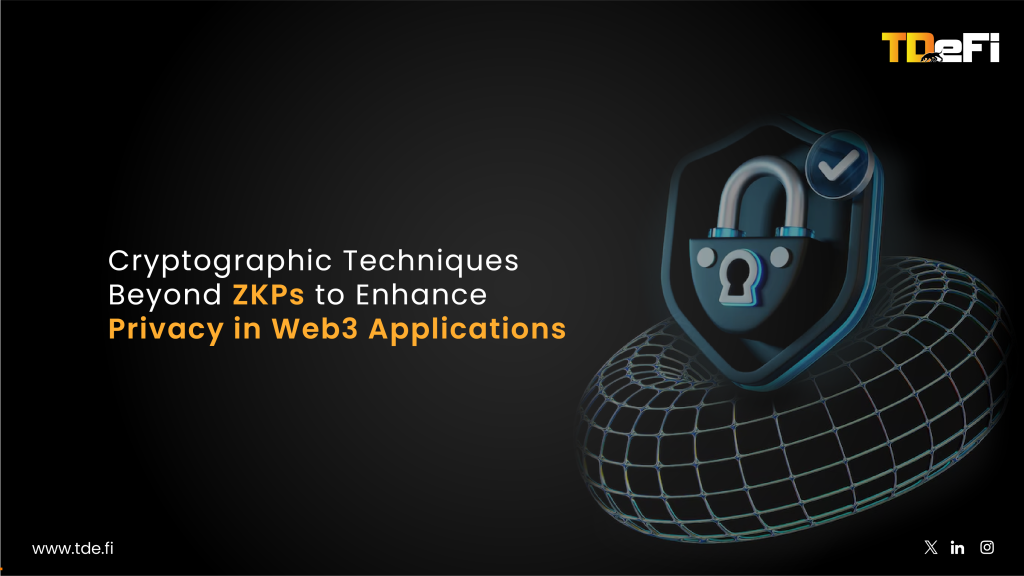Bitcoin, the granddaddy of cryptocurrencies, revolutionized financial technology with its blockchain. However, as its adoption grew, so did the issues with transaction speed and costs. Enter Bitcoin Layer-2 solutions, designed to make Bitcoin transactions faster, cheaper, and more scalable. Here’s a deep dive into what Layer-2 networks are, why Bitcoin needs them, and a look at the top projects transforming Bitcoin’s future in 2025.
Why Layer-2 Solutions Are Essential for Bitcoin?
Layer-2 networks are protocols layered above the main blockchain (Layer-1) to augment its functionality:
- Scalability: Bitcoin’s base layer can only manage about 7 transactions per second, significantly less than what’s needed for mass adoption. Layer-2 solutions can push this number into the thousands, making Bitcoin viable for everyday transactions.
- Cost Efficiency: During network congestion, Bitcoin transaction fees can skyrocket. Layer-2 technologies process transactions off the primary blockchain, dramatically reducing costs for users.
- Functionality Expansion: Bitcoin was not initially designed for complex smart contracts or decentralized applications (dApps). Layer-2 solutions like Stacks can bring these capabilities to Bitcoin, enhancing its utility and attractiveness for developers and users alike.
How Do Bitcoin Layer-2 Solutions Work?
Bitcoin Layer-2 solutions generally work by moving transactions off the main chain:
- State Channels: Exemplified by the Lightning Network, state channels allow users to transact off-chain through payment channels, settling only the net outcome on the Bitcoin blockchain. This method is perfect for microtransactions and can handle millions of transactions per second.
- Sidechains: Networks like the Liquid Network run parallel to Bitcoin, where assets are pegged to Bitcoin but transactions occur on the sidechain. They offer faster confirmation times and additional features like confidential transactions.
- Rollups: These bundle or “roll up” multiple transactions into one, which is then added to the Bitcoin blockchain. Merlin Chain, using ZK-Rollups, exemplifies this approach, providing security while enhancing throughput.
Challenges Faced by Bitcoin Layer-2 Solutions
Bitcoin Layer-2 solutions, while promising, face several challenges that could hinder their adoption and effectiveness. Their technical complexity makes them difficult for many users to understand and use, creating a barrier to widespread implementation. Liquidity concerns also arise, as funds locked in channels or sidechains can reduce financial flexibility and limit usability. Additionally, some Layer-2 solutions may inadvertently centralize control, which conflicts with Bitcoin’s core principle of decentralization. Interoperability is another significant hurdle, as different Layer-2 networks often struggle to work seamlessly together, leading to a fragmented ecosystem that complicates user experience and integration.
Spotlight on Top Bitcoin Layer-2 Projects
Here’s a detailed look at some of the leading Bitcoin Layer-2 projects, their roles, and the latest statistics:
Lightning Network: The Lightning Network is arguably the most well-known Bitcoin Layer-2 solution. It utilizes state channels to facilitate off-chain transactions between two parties. This allows for nearly instant and low-cost transactions, significantly enhancing Bitcoin’s usability for everyday payments.
- Key Features:
- Off-chain transactions
- Low fees
- Instant payment settlements
- Enhanced privacy through onion routing
Stacks (STX): Stacks introduces smart contract functionality to Bitcoin, enabling decentralized applications (dApps) with its programming language, Clarity, designed specifically for Bitcoin’s security model. This project aims to bridge Bitcoin into the broader DeFi ecosystem, enhancing its capabilities beyond just being a store of value.
- Key Features:
- Smart contract support on Bitcoin
- Clarity programming language
- Integration with Bitcoin’s security
- Enables DeFi applications
Merlin Chain: Merlin Chain leverages Zero-Knowledge Proofs for transaction compression, providing high scalability while maintaining user privacy. It’s an integral part of Bitcoin’s expansion into DeFi, NFTs, and other blockchain applications, offering new avenues for Bitcoin’s utility.
- Key Features:
- Zero-Knowledge Proofs for privacy and scalability
- Support for DeFi and NFTs on Bitcoin
- High transaction throughput
- Privacy-focused transactions
MAP Protocol: Focused on cross-chain interoperability, MAP Protocol allows Bitcoin to interact with other blockchains in a peer-to-peer manner without intermediaries. It aims to be the infrastructural backbone for Bitcoin Layer-2 interactions, facilitating seamless asset transfers across different blockchain networks.
- Key Features:
- Cross-chain interoperability
- Peer-to-peer blockchain interactions
- Enhances Bitcoin’s network security
- Supports a broad ecosystem of blockchain applications
Rootstock (RSK/RIF): Rootstock brings Ethereum-like smart contracts to Bitcoin through merge-mining, ensuring security while expanding development possibilities. It provides a platform for developers to build on Bitcoin, offering a way to execute smart contracts with the backing of Bitcoin’s network.
- Key Features:
- Ethereum-compatible smart contracts on Bitcoin
- Merge-mining for security integration
- Supports dApp development on Bitcoin
- Increases Bitcoin’s programmability
The Road Ahead: What to Expect
The future of Bitcoin Layer-2 solutions is bright, with several promising developments on the horizon. Technological advancements will lead to more robust and user-friendly systems, making these solutions accessible to a broader audience. As awareness grows among both individuals and institutions, wider adoption is expected, driving the integration of Layer-2 networks into everyday use cases. One of the most exciting prospects is their potential integration with traditional finance (TradFi), creating innovative financial products that bridge the gap between decentralized and centralized systems. Improving the user experience is likely to be a key focus, with developers working on intuitive designs and simpler interfaces to make these technologies easier to use.



